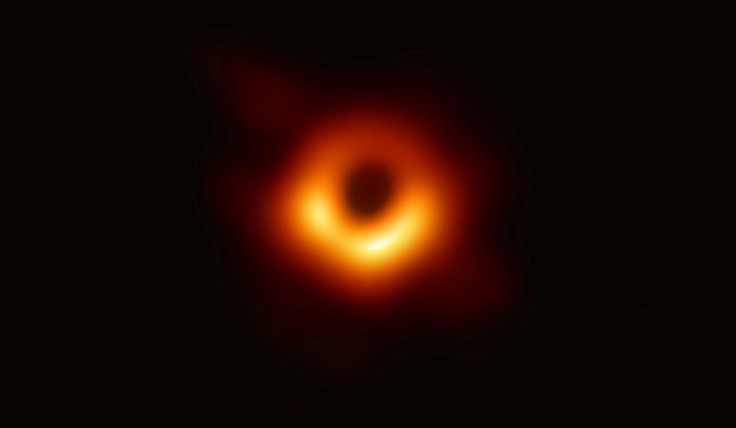Black Hole Kills Star By Spaghettification: Unprecedented Tidal Disruption Shown In Artistic Animation [Video]
KEY POINTS
- Tidal disruption involves death by spaghettification of a nearby star to a black hole
- Spaghettification occurs when a star is devoured by a black hole
- Astronomers can now better understand how supermassive black holes behave
The last moments of a star dying by spaghettification have been demonstrated in an artistic animation as scientists made a recording of what happens when a black hole rips a star apart when it gets too close. The phenomenon happened just 215 million light-years from Earth, making the scientists’ observation unprecedented.
By using the European Southern Observatory’s Very Large Telescope and New Technology Telescope, the Las Cumbres Observatory global telescope network and the Neil Gehrels Swift Satellite, a team of scientists was able to record a phenomenon called tidal disruption event.
In a study published in Monthly Notices of the Royal Astronomical Society, the team explained that tidal disruption involves death by spaghettification of a nearby star. Spaghettification occurs when a star is shredded by extreme gravitational pull after getting too close to the black hole. When the star dies it releases a bright flare of energy that is previously undetected because of a curtain of dust and debris obscuring the view.
For their study, however, the team of scientists was able to witness the tidal disruption in unprecedented detail when they caught it just a short time after the star was ripped apart. They, therefore, saw how the black hole launched a powerful outflow of materials moving with velocities of up to 10,000 kilometers per square or more than 6,200 miles. Since they witnessed the occurrence just before the curtain of dust and debris blocked their views, their finding became the “closest flare of its kind yet recorded.”
“We were able to investigate in detail what happens when a star is eaten by such a monster,” Dr. Matt Nicholl, a lecturer and Royal Astronomical Society research fellow at the University of Birmingham, said in a press release.
The study became significant in helping astronomers to better grasp how supermassive blackholes behave and how their extreme gravitational pull affects matters surrounding them.
“The observations showed that the star had roughly the same mass as our own Sun and that it lost about half of that to the black hole, which is over a million times more massive,” Nicholl said in the same press release.

© Copyright IBTimes 2025. All rights reserved.





















